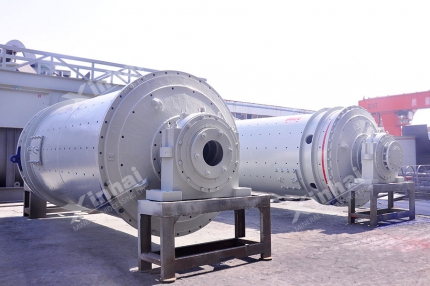In the ore grinding process, it is often necessary to achieve the separation of different minerals through selective grinding, prevent the overgrinding of valuable minerals to be received, and reduce the over crushing of gangue minerals. In the ore milling process, there are many factors affecting the selective grinding effect, such as ore properties, mill machine type, operating conditions, etc. In this paper, we will explore the factors affecting selective grinding from these three aspects.
Use the table of contents below to navigate through the guide:
01Influence of Ore Properties on Selective Grinding
The cohesion of the binding surface between different substances is different. The cohesion force of the joint surface between different minerals is weak, the cohesion force on the joint surface is weaker than the cohesion force between the internal particles, and the cohesion force on the dissociation plane and the dislocation defect position is also weak, which leads to the phenomenon that different minerals have Mechanical properties vary. Therefore, any ore composed of two or more minerals is preferentially fractured at the weaker cohesive force during the grinding process.
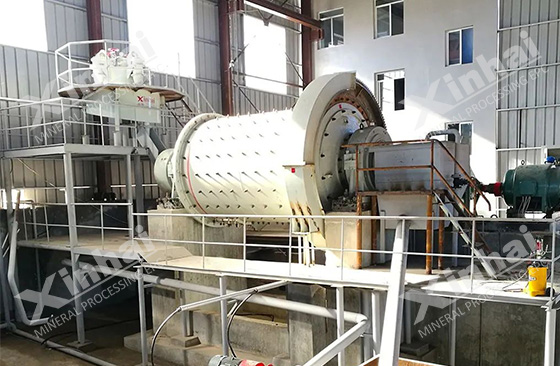
The grinding behavior between different minerals is mainly reflected in the shielding effect of hard minerals on soft minerals. Soft minerals can catalyze and promote hard minerals, and the greater the hardness difference, the stronger the catalytic and shielding effects. At the same time, the selective grinding effect is enhanced with the coarsening of the feed particle size and the increase of the non-uniformity of the ore particle strength. As the particle size of the ore decreases, the inhomogeneity of the ore particle strength becomes smaller and weaker.
02Influence of Mill Type on Selective Grinding
Common mineral grinding equipment includes ball mill, rod mill, autogenous mill, semi-autogenous mill, vibrating mill, stirring mill, etc. Due to different working principles, the selective grinding effect on ore is also different. In addition, the mill diameter-to-length ratio and mill lining type also have different effects on selective grinding.
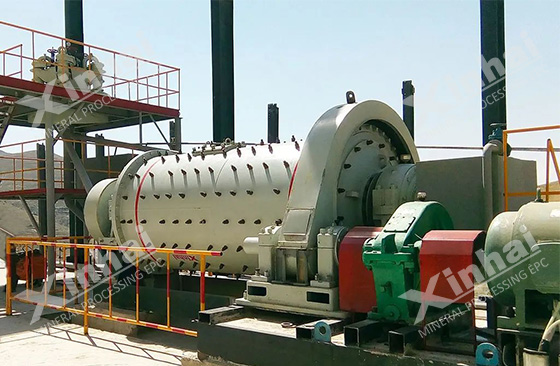
1. The grid type ball mill is a low-level mandatory ore discharge. The material with high density is first deposited to the bottom of the mill, and can be discharged when the particle size is relatively coarse. The over-crushing phenomenon is relatively light, and the soft particle minerals can be selectively ground, and the integrity of the coarse particle minerals can be effectively protected at the same time.
2. The overflow type ball mill is mainly for the automatic overflow of the pulp to discharge ore. During the grinding process, the high-density ore particles settle quickly and easily fall into the bottom of the mill and are not easy to overflow and discharge from the mill. They need to be ground to a finer particle size before they can be discharged. Therefore, the selective grinding characteristics of this kind of equipment can be fully utilized to separate coarser light minerals and finer heavy minerals, such as grinding and dissociation between Carlin-type gold ore and gangue minerals with extremely fine particle size.
3. The vibratory mill mainly relies on the unbalanced periodic force generated by the excitation source to drive the movement of the mill, so that the materials and media in the mill are ground and peeled off each other. The grinding of materials is mainly affected by high-frequency impact, which causes cracks and dissociation on the bonding surface between different minerals. Due to this grinding characteristic, the vibration mill has a good selective grinding effect.
4. Agitation mills use grinding as the main grinding method. Put the agitator and the medium in the cylinder, and the friction between the particles generated by the relative movement between the rotor and the stator achieves the purpose of grinding the material. Due to its grinding properties, it is more suitable for fine grinding.
03Influence of Operating Conditions on Selective Grinding
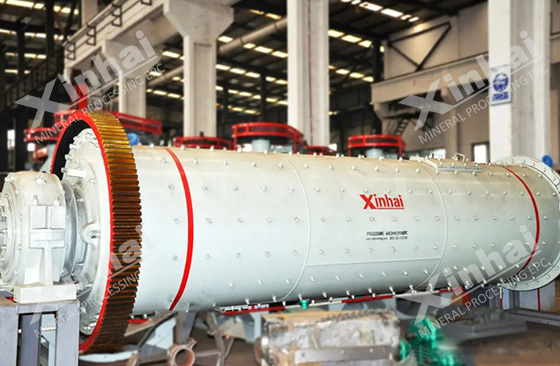
In addition to the above factors, the operating conditions of the mill will also affect the selective grinding, including factors such as grinding concentration, grinding medium, medium filling rate, and mill time.
1. Grinding concentration
The concentration of the grinding slurry is mainly reflected in the viscosity and fluidity of the slurry, which affects the crushing force of the material and the grinding time. The cover layer attached to the surface of the medium affects the interaction between the material, the medium and the liner. , thus affecting the grinding effect.
2. Grinding medium
Different media have different movement forms and ore particle contact forms during the grinding process, and different media sizes and media materials obtain different energy during the movement process in the mill, resulting in different striking forces and striking probabilities for ore particles. That is to say, the form, size and material of different grinding media have different effects in the grinding process.
3. Mill filling rate
The filling rate has a great influence on ore grinding. As the media fill rate gradually increases, the media build-up increases accordingly. The relative rising distance of the medium and the throwing distance become shorter accordingly, so the energy obtained at the moment of throwing down is smaller, which leads to the weakening of the impact and grinding effect of the medium on the material. On this basis, a higher filling rate can effectively protect the softer and brittle minerals from being over-crushed. When selectively grinding coarser particles, the media filling rate should be less than 40%, sometimes as low as 20%.
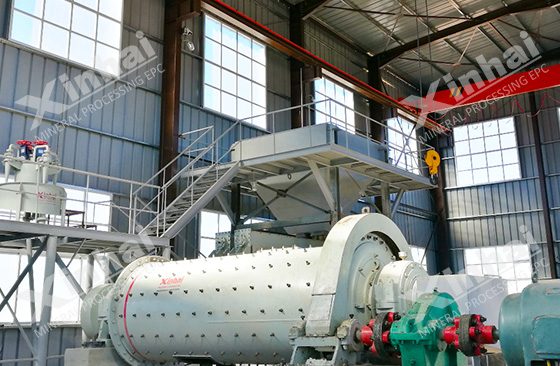
4. Grinding time
Grinding time has certain influence on product particle size. With the prolongation of grinding time, the particle size of minerals decreases and the mechanical strength increases, making the strength of various minerals closer and closer, reducing the selective grinding effect. Therefore, in order to enhance selective grinding and reduce over-grinding, the grinding time should not be too long.
5. Mill rotating speed
As the rotation rate of the mill increases, the movement state of the medium in the mill changes from the cascading type to the throwing type, the impact force on the ore particles increases, and the crushing efficiency increases, but the selective grinding effect decreases. Different grinding media motion states have different selective grinding effects, among which the media in the cascading state is mainly grinding, and the falling state is dominated by impact and supplemented by grinding.
The above are the factors that affect the selective grinding. In actual production, it is necessary to combine the synergy of various factors and the on-site production situation to carry out overall comprehensive analysis and control, and optimize the particle size composition of the grinding product through reasonable adjustment, so as to improve the grinding efficiency and reduce the grinding energy consumption.


 marketing@ytxinhai.com
marketing@ytxinhai.com  0086 13810327080
0086 13810327080 






































































































 CHAT
CHAT MESSAGE
MESSAGE



.jpg)
